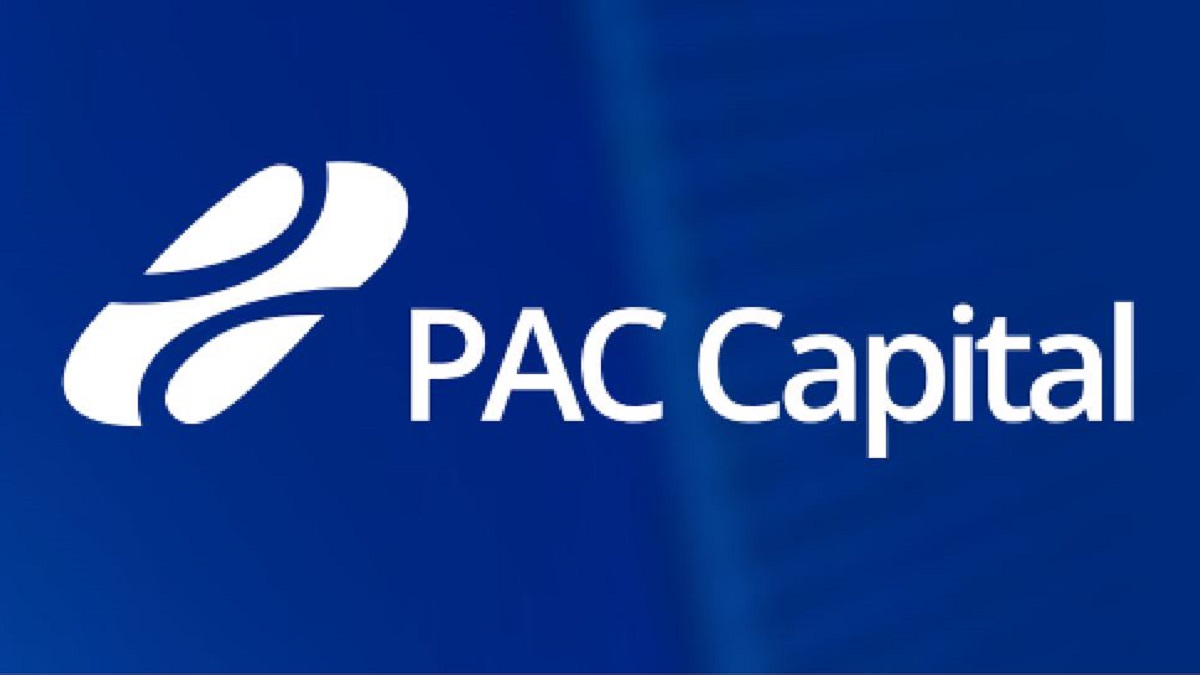Her inspiring leadership, technical knowledge and commitment to making a difference have seen her rise as a business leader in the water and sanitation industry
RABAT, Morocco, April 7, 2025/APO Group/ —
In a remarkable milestone for Morocco, Dr. Salma Bougarrani has made history by becoming the first female Moroccan entrepreneur to reach the Top three finalists in the esteemed Africa’s Business Heroes (ABH) www.AfricaBusinessHeroes.org/ Prize Competition. Finishing as the 1st Runner-Up. Dr. Bougarrani, the co-Founder and CEO behind Green Watech (apo-opa.co/4jrjZnv), is not just pushing sanitation forward for the rural communities; she’s also blazing a trail for women entrepreneurs in an industry where females are often not noticed or heard from. Her inspiring leadership, technical knowledge and commitment to making a difference have seen her rise as a business leader in the water and sanitation industry.
The recognition from ABH, the Jack Ma Foundation’s flagship philanthropic program in Africa, aligns with its mission to spotlight and support local talent like Dr. Bougarrani, who are driving positive change in their communities. Over a decade, the program aims to honor 100 African entrepreneurs while providing grant funding, training and broader ecosystem support to foster African entrepreneurship.
Dr. Bougarrani’s journey into the world of water and sanitation began with her firsthand observations of untreated wastewater wreaking havoc in Moroccan villages. Witnessing these difficulties sparked her passion for creating sustainable solutions, leading her to leave the world of academia and pursue a career in entrepreneurship. In 2018, she formed Green Watech to give rural communities access to reasonably priced and energy-efficient sanitation systems. She holds a PhD in Advanced Water Treatment Processes from Med V University and Leipzig University.
Impacting Lives Through Sustainable Innovation
At the centre of Green Watech’s innovation is a groundbreaking soil-based filtration system, which provides the means to treat wastewater for agricultural irrigation. Unlike expensive, energy-hungry technologies, this system is all about being low-maintenance, budget-friendly, and sustainable – perfect for rural communities that often struggle with limited infrastructure. By cutting down the need for fresh water by as much as 70%, Green Watech is transforming the water management landscape in Morocco.
Since its inception, Green Watech has changed the lives of over 30,000 people in 17 Moroccan villages and farms. The company has cleaned more than 200 million litres of wastewater, which helps with water shortages and makes farms more productive. Thanks to Green Watech’s participatory model, local communities actively participate in the process. Villagers are taught how to set up, maintain, and grow sanitation systems through training programs, which promote resilience and sustainability in the long run.
Green Watech’s soil-based filter system also cuts down on the need to use fresh water for crops. It offers a long-lasting, cheap, and easy-to-keep-up answer for people in rural areas. The company plans to grow beyond Morocco in the future. It aims to reach North Africa and other places during the year.
Breaking Down Barriers as an ABH Trailblazer
Dr. Bougarrani’s recognition as the first Moroccan entrepreneur to be placed among the top three finalists in the ABH competition is significant. Her success defies cultural expectations and gender norms in a field where male entrepreneurs predominate. Her accomplishment serves as a role model for aspiring female entrepreneurs throughout Africa and highlights her technical expertise and leadership abilities.
Her work in sustainable water management has gained her worldwide recognition. She has received top honours, including the United Nations Industrial Development Organization (UNIDO) Grand Prize.
The Future of Green Wateche
Dr. Bougarrani plans to put the $150,000 prize back into Green Watech to help it reach more African communities in need. She has an ambitious goal to reach 1 million end-users by 2030. Her career is an outstanding example of how someone with a strong will and passion can break walls, challenge stereotypes and uplift entire communities.
2025 ABH Applications Are Now Open
African entrepreneurs who want to enter the 2025 edition of the competition and stand a chance to win a share of US$1.5 million can do so at https://AfricaBusinessHeroes.org/en/register.
Distributed by APO Group on behalf of Africa’s Business Heroes (ABH


 Business4 days ago
Business4 days ago
 Business4 days ago
Business4 days ago
 Business4 days ago
Business4 days ago
 Business4 days ago
Business4 days ago
 Business4 days ago
Business4 days ago
 Business4 days ago
Business4 days ago
 Business4 days ago
Business4 days ago
 Business4 days ago
Business4 days ago















